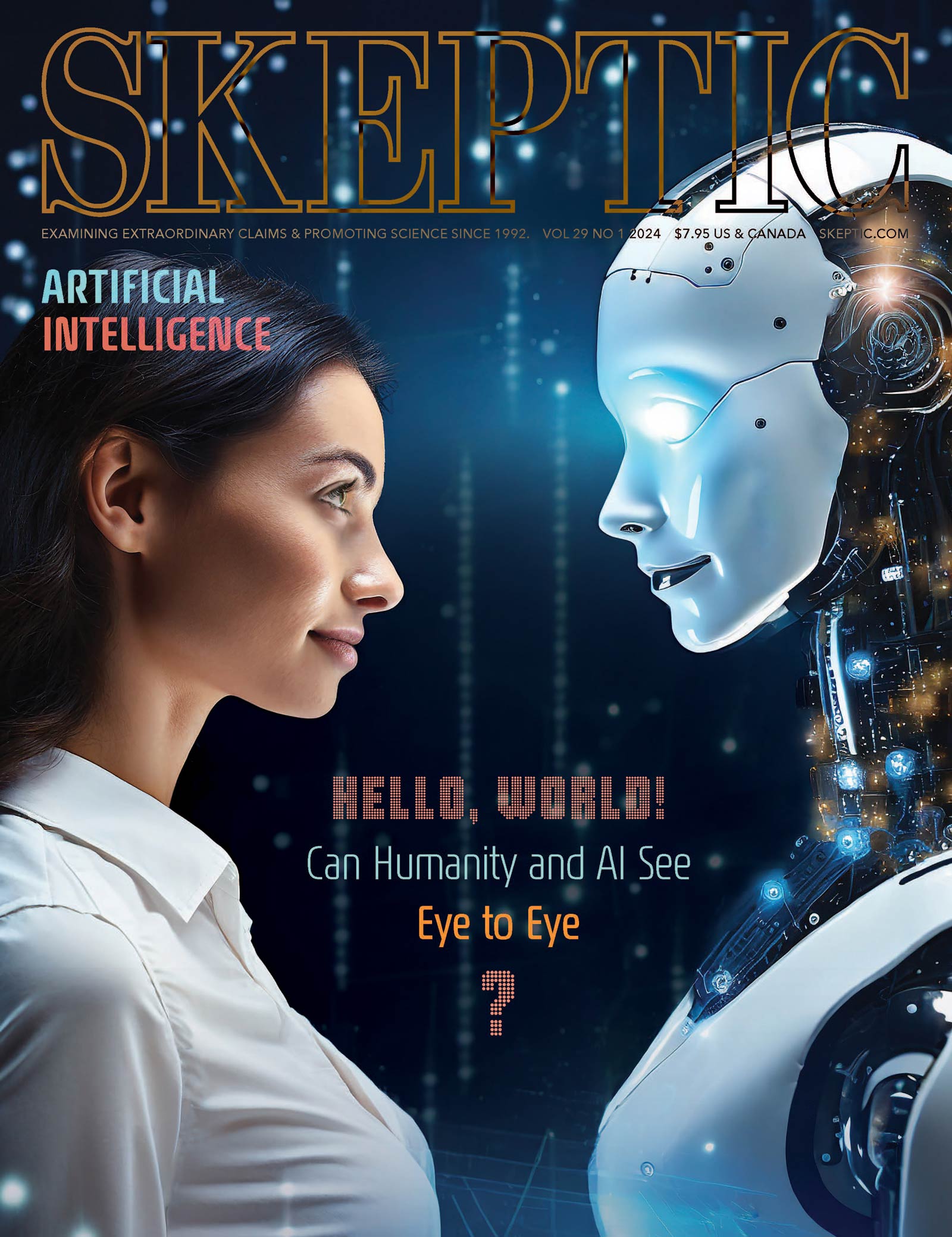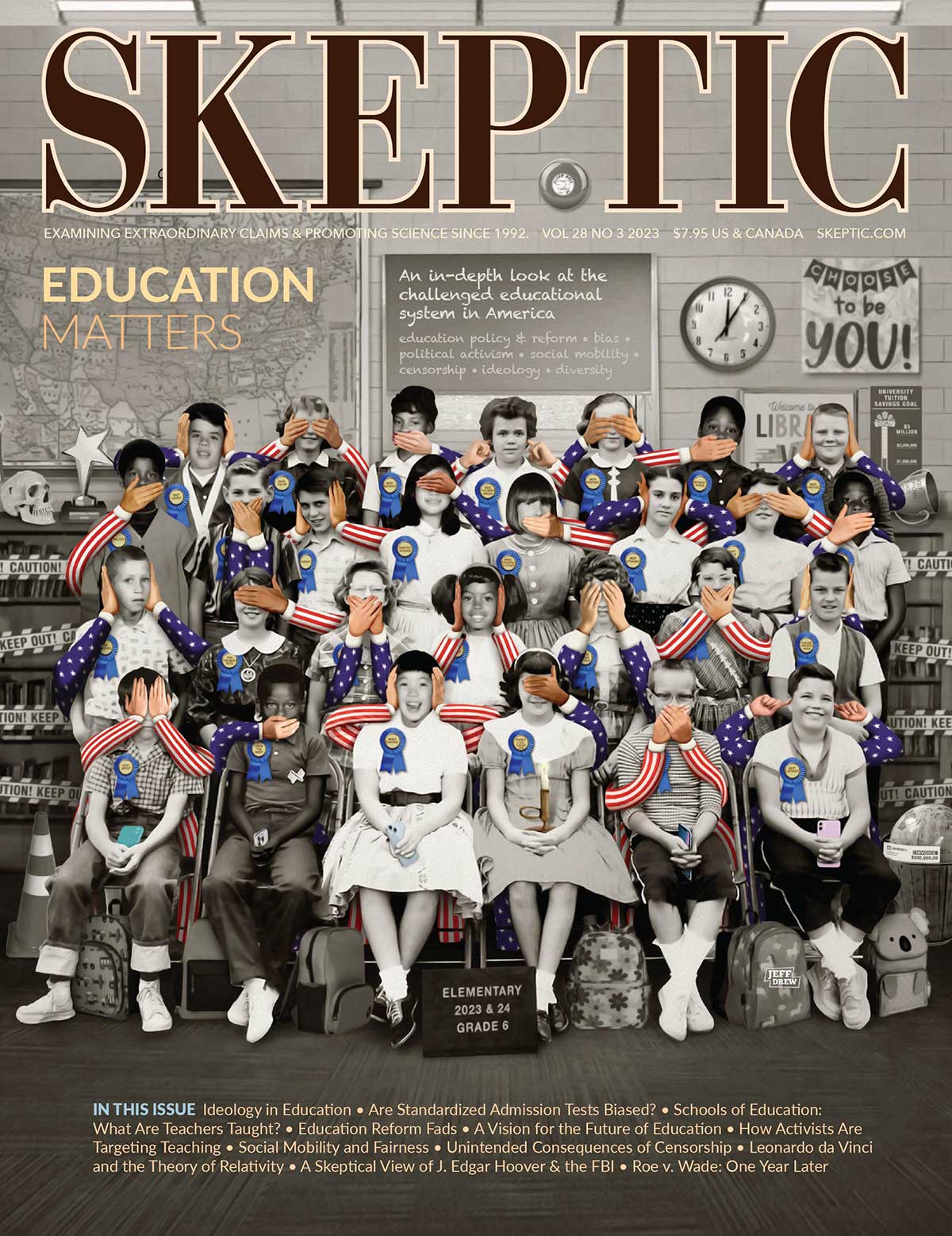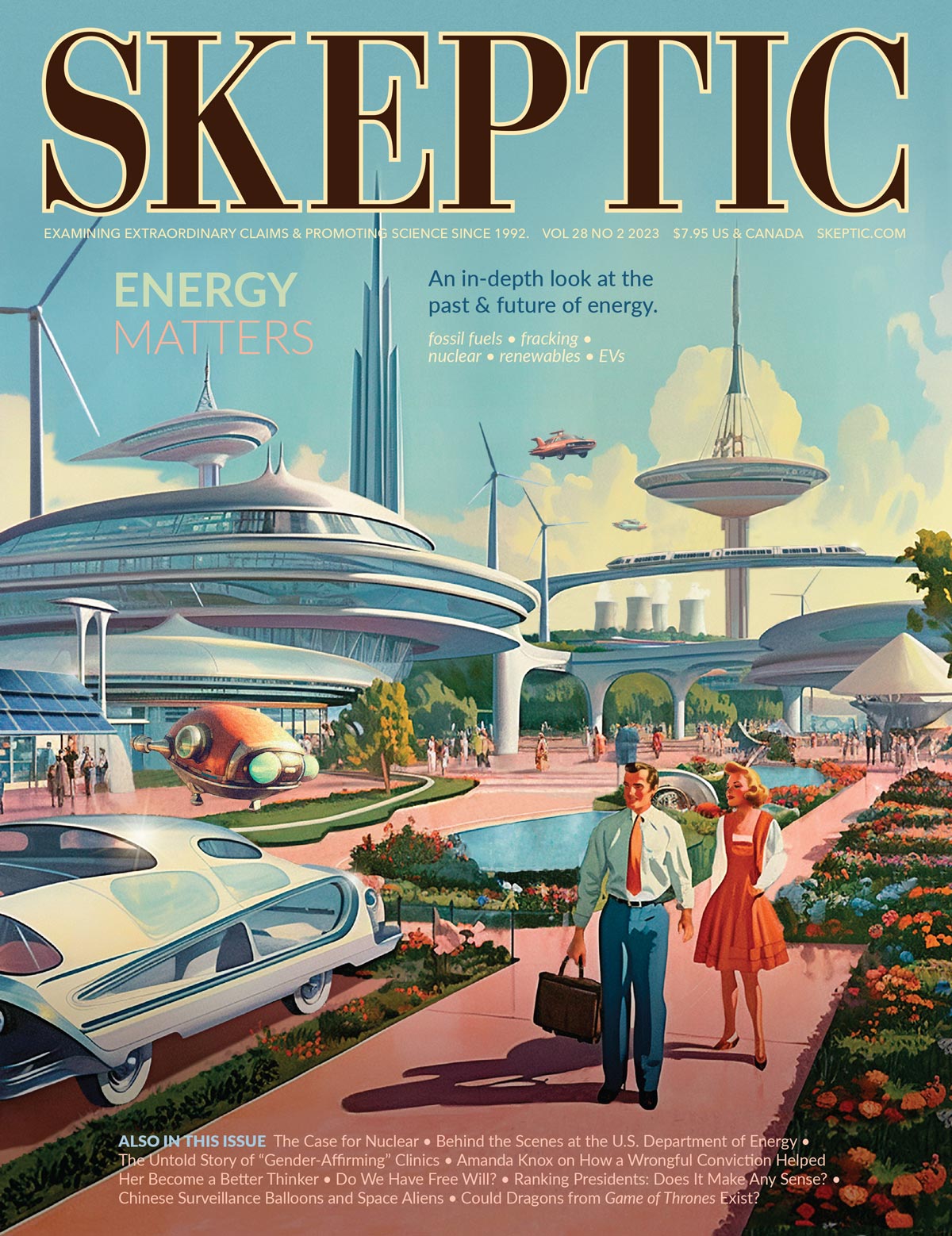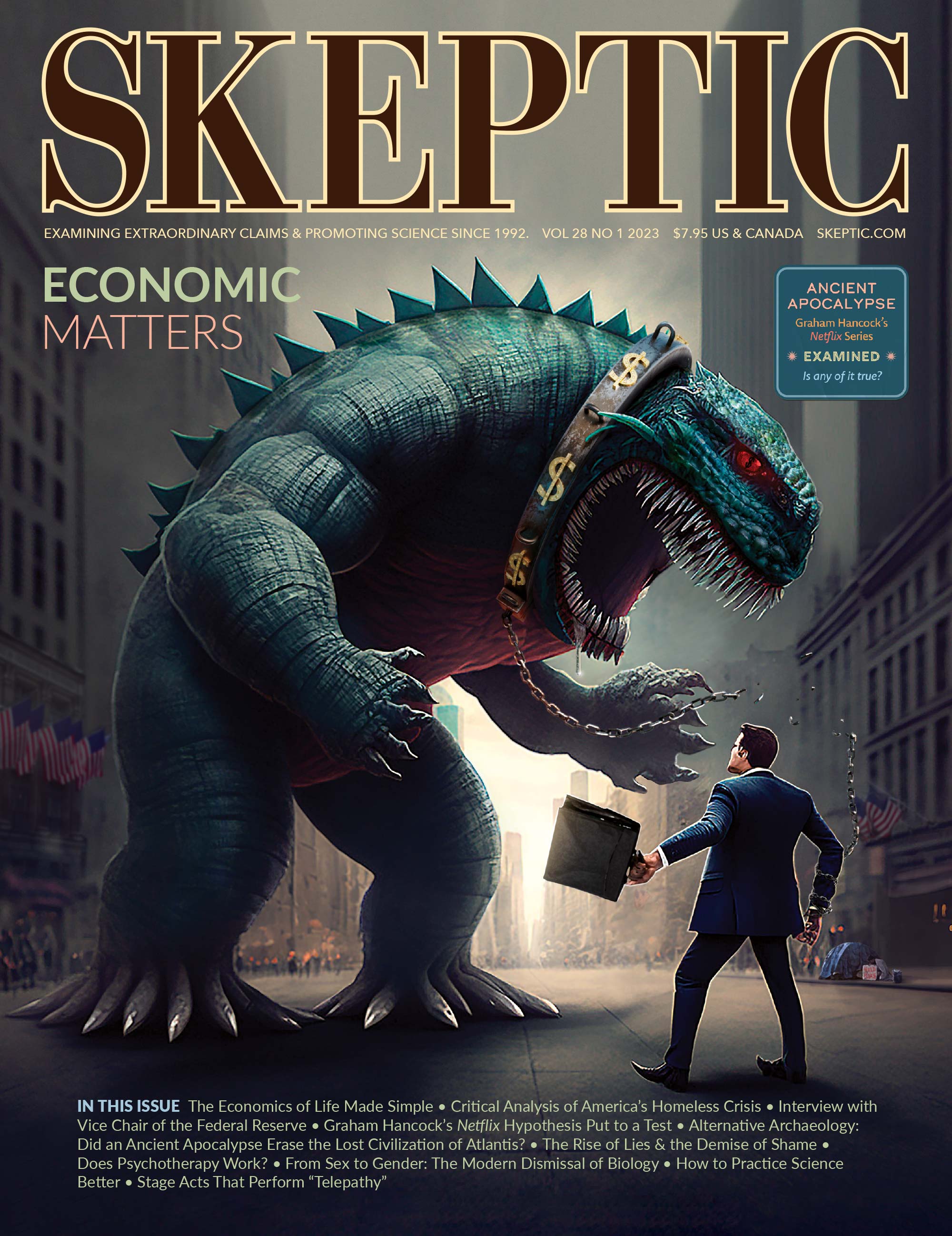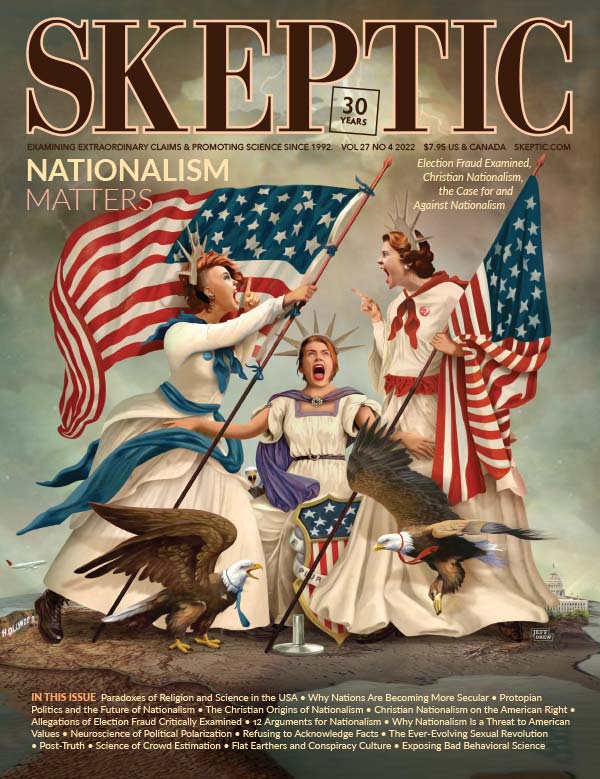astrophysics
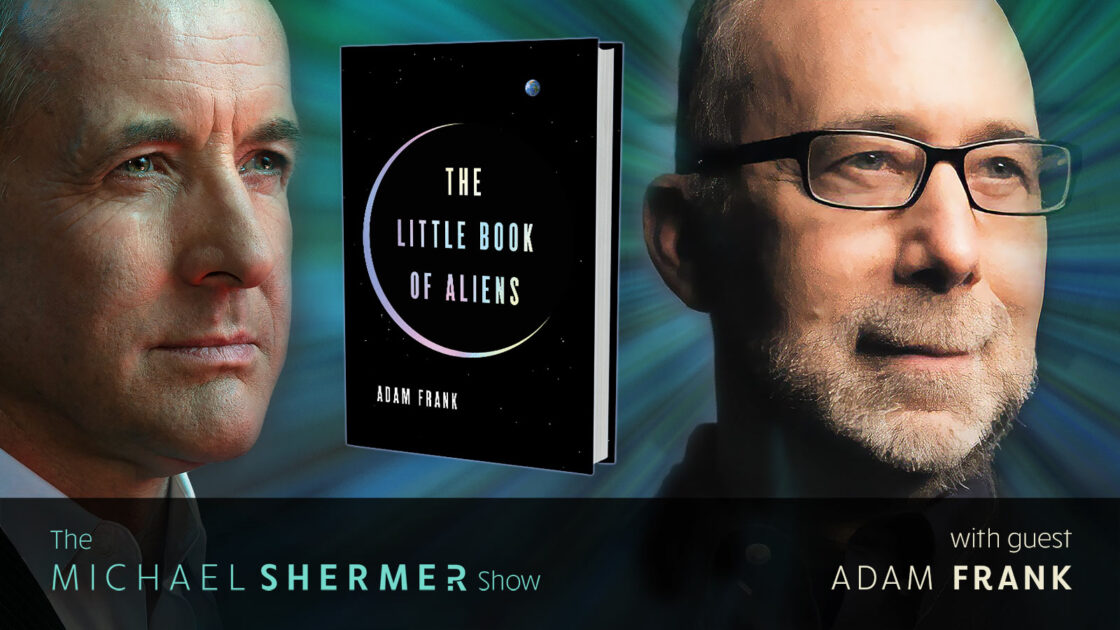
Shermer and Frank discuss: origin of Life • Drake Equation • Fermi’s Paradox • UFOs and UAPs • Projects Sign, Blue Book, Cyclops, Grudge • AATIP (Advanced Aerospace Threat Identification Program) • Alien Autopsy film • SETI & METI • technosignatures & biosignatures • aliens: biological or AI? • convergent vs. contingent evolution • interstellar travel • Dyson spheres, rings, and swarms • Kardashev scale of civilizations • aliens as gods and the search as religion • why aliens matter.
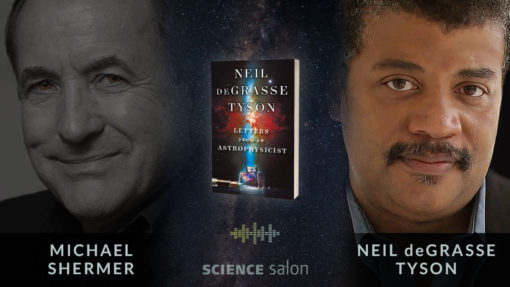
In Science Salon # 86, Michael Shermer speaks with Neil deGrasse Tyson about his latest book Letters from an Astrophysicist. In this discussion of his hand-picked collection of 101 letters, we go behind the scenes of his public fame by revealing his correspondence with people across the globe who have sought him out in search of answers.
In Science Salon # 86, Michael Shermer speaks with Neil deGrasse Tyson about his latest book Letters from an Astrophysicist. In this discussion of his hand-picked collection of 101 letters, we go behind the scenes of his public fame by revealing his correspondence with people across the globe who have sought him out in search of answers.
In this wide-ranging dialogue Michael Shermer talks with Astronomer Royal Sir Martin Rees — a leading astrophysicist as well as a senior figure in UK science and a public intellectual in England and America.
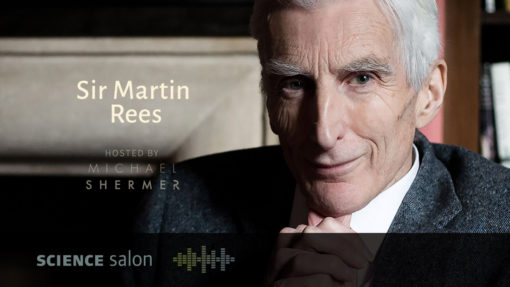
In this wide-ranging dialogue Michael Shermer talks with Astronomer Royal Sir Martin Rees — a leading astrophysicist as well as a senior figure in UK science and a public intellectual in England and America.
In Science Salon # 37, Michael Shermer and Neil deGrasse Tyson take a deep dive into the history of science and war, and the strange but productive alliances that have been formed over the centuries—particularly those between astrophysicists and politicians, governments, military, and corporations.
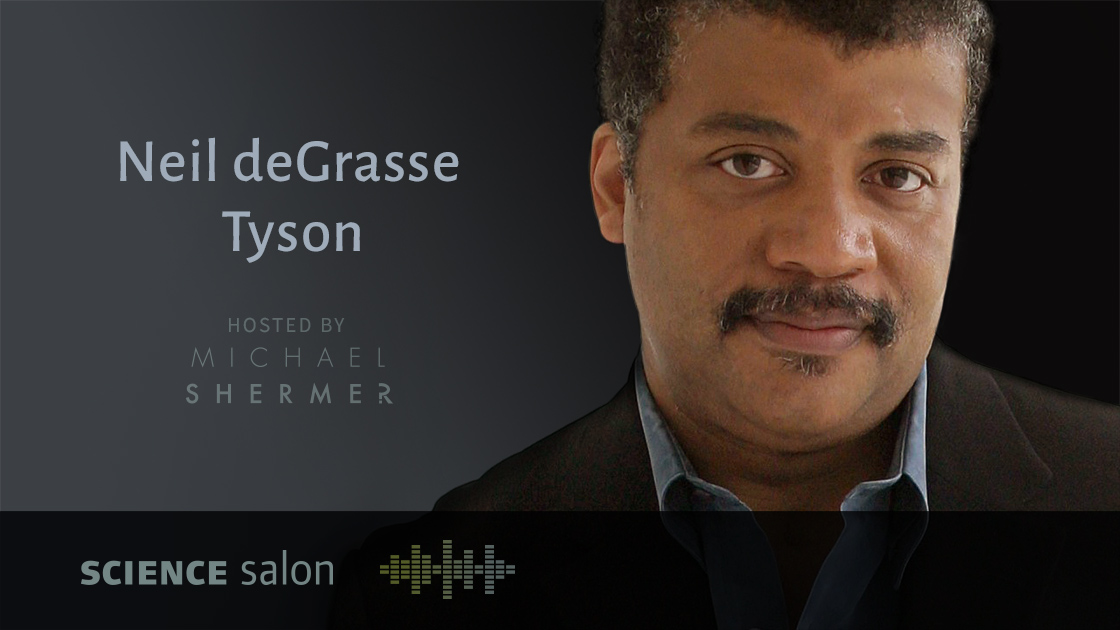
In Science Salon # 37, Michael Shermer and Neil deGrasse Tyson take a deep dive into the history of science and war, and the strange but productive alliances that have been formed over the centuries—particularly those between astrophysicists and politicians, governments, military, and corporations.
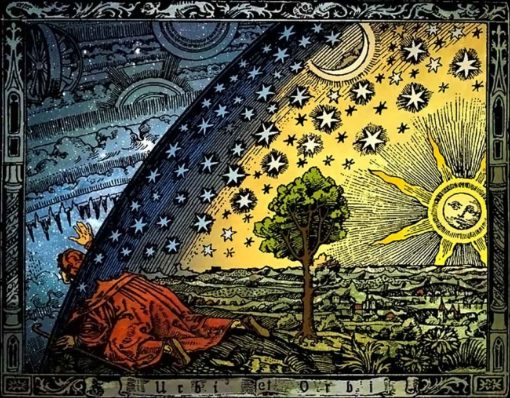
The notion that there can be more than one universe at first seems oxymoronic. Peter Kassan discusses the problematic notion of a multiverse arising from a highly speculative interpretation of quantum mechanics.

The notion that there can be more than one universe at first seems oxymoronic. In this week’s eSkeptic, Peter Kassan discusses the problematic notion of a multiverse arising from a highly speculative interpretation of quantum mechanics.
Guest writer Steve Cuno shares an insider’s view on the ethics of advertising in a world full of false claims.
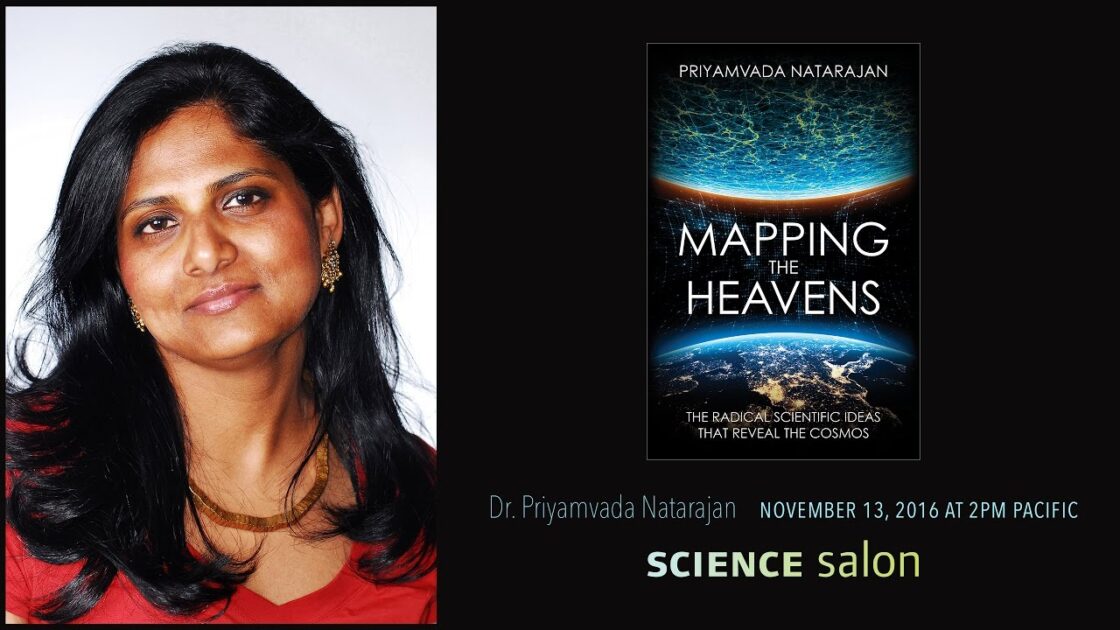
In this lecture based on her new book, Yale University cosmologist and theoretical astrophysicist specializing in dark matter, dark energy, and black holes, Dr. Priyamvada Natarajan, discusses some of greatest cosmological discoveries and ideas that have reshaped our universe over the past century.
In August 1930, on a voyage from Madras to London, a young Indian looked up at the stars and contemplated their fate. Subrahmanyan Chandrasekhar — Chandra, as he was called — calculated that certain stars would suffer a most violent death, collapsing to virtually nothing. This extraordinary claim, the first mathematical description of black holes, rankled one of the greatest astrophysicists of the day…









